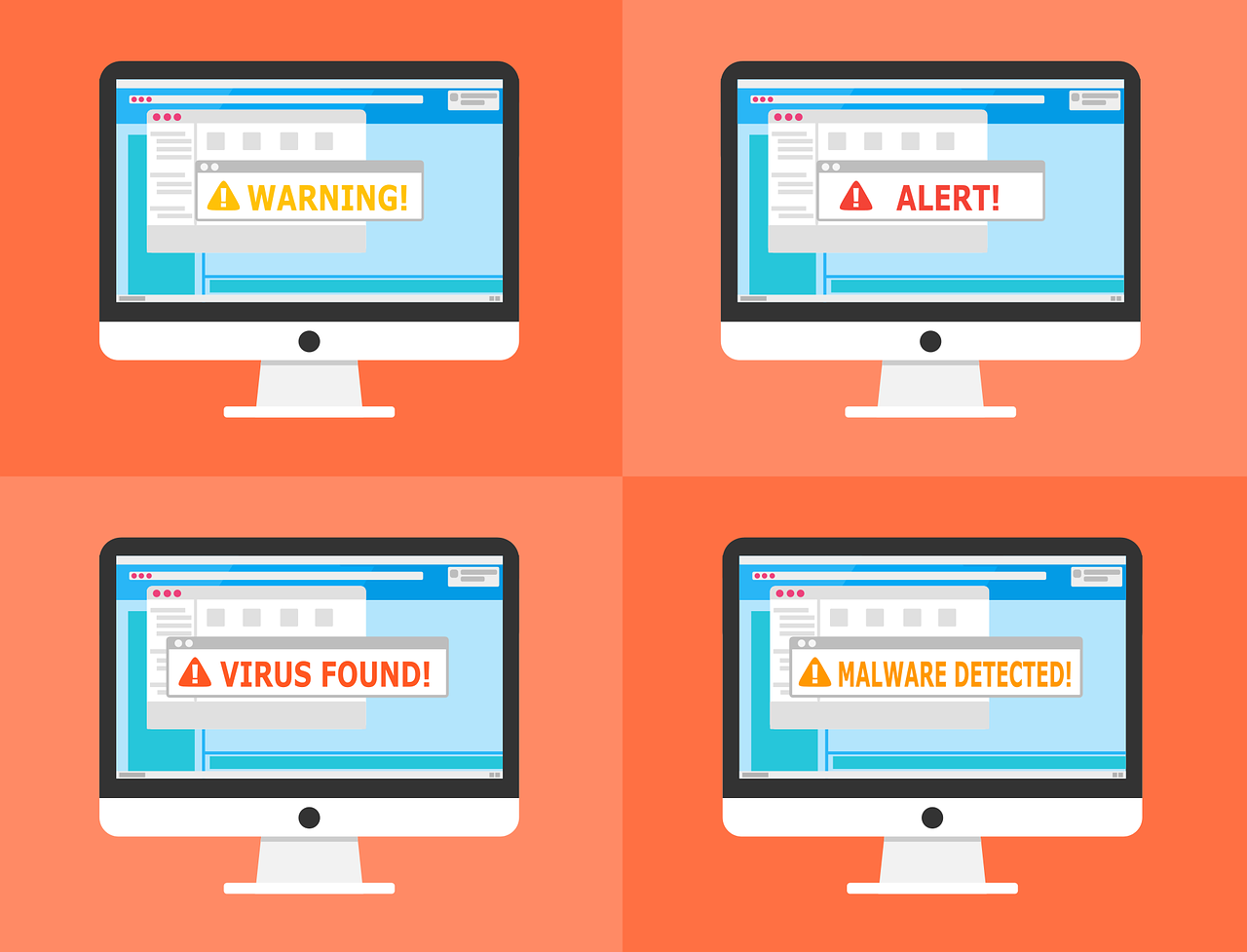AI is changing the game for many industries with cool automation and smart solutions. But it also brings new security risks. With AI becoming more embedded in our systems, the data it collects and uses is a prime target for hackers.
A recent study showed that 77% of businesses had their AI systems breached in the past year. This is a big deal since such breaches can expose sensitive data, compromise intellectual property, and disrupt operations. But don’t panic just yet. Let’s look at why these breaches are becoming more common and how you can protect your company’s data.
Why AI Data Breaches Are Happening More Often
Several factors are making AI data breaches more frequent:
- More Entry Points: With the rapid adoption of AI, there are more places for attackers to break in. Hackers can target vulnerabilities in AI models, data pipelines, and the infrastructure that supports them.
- AI Loves Data: AI needs a lot of data to function, making it a juicy target. This can include customer info, business secrets, financial records, and personal details of employees.
- Complex AI Models: Many AI models are like black boxes—complex and hard to understand. This makes it tough to spot vulnerabilities and track data flow, increasing the risk of breaches.
- Advanced Attack Techniques: Cybercriminals are always coming up with new ways to exploit security gaps. Techniques like adversarial attacks can mess with AI models, leading to incorrect outputs or data leaks.
The Impact of AI Data Breaches
The fallout from an AI data breach can be huge:
- Financial Losses: Breaches can result in big fines, legal issues, and a hit to your reputation, all affecting your bottom line.
- Operational Disruptions: AI systems are often key to business functions. A breach can mess with these systems, hurting productivity and customer service.
- Intellectual Property Theft: Your AI models are valuable assets. A breach can expose these, giving competitors an edge.
- Privacy Issues: Breaches can compromise sensitive info about customers and employees, leading to privacy concerns and possible regulatory action.
How to Protect Your Company from AI Data Breaches
Here’s how you can proactively safeguard your company:
Data Governance
- Classify and label data based on sensitivity.
- Set clear access controls.
- Regularly monitor data usage.
Security by Design
- Integrate security into AI development.
- Use secure coding practices, conduct vulnerability assessments, and do penetration testing.
Model Explainability
- Use techniques like explainable AI (XAI) to make your AI models more transparent. This helps you understand how they work and spot vulnerabilities.
Threat Modeling
- Regularly identify and prioritize weaknesses in your AI systems and data pipelines.
Employee Training
- Teach your team about AI security threats and best practices for data handling. Encourage them to report suspicious activity.
Security Patch Management
- Keep your AI software and hardware updated with the latest security patches to prevent known exploits.
Security Testing
- Regularly test your AI models and data pipelines to find vulnerabilities before hackers do.
Stay Informed
- Keep up with the latest AI security threats and best practices by subscribing to cybersecurity publications, attending conferences, and joining online workshops.
Partnering for Better Protection
Consider teaming up with a reputable IT provider that gets AI security. They can offer expertise in threat detection, vulnerability assessments, and penetration testing tailored to AI systems. Also, look into software vendors with AI-powered anomaly detection tools that can spot unusual activity suggesting a breach.
Need Help with AI Cybersecurity?
AI offers great benefits, but ignoring its security risks can leave you exposed. Need a trusted partner to boost your AI cybersecurity? Our team can evaluate your entire IT setup, including AI and non-AI components. We’ll help you set up proactive measures for monitoring and protection, giving you peace of mind in today’s risky digital landscape.
Contact us today to schedule a chat about your cybersecurity needs. Article used with permission from The Technology Press.


Comments are closed